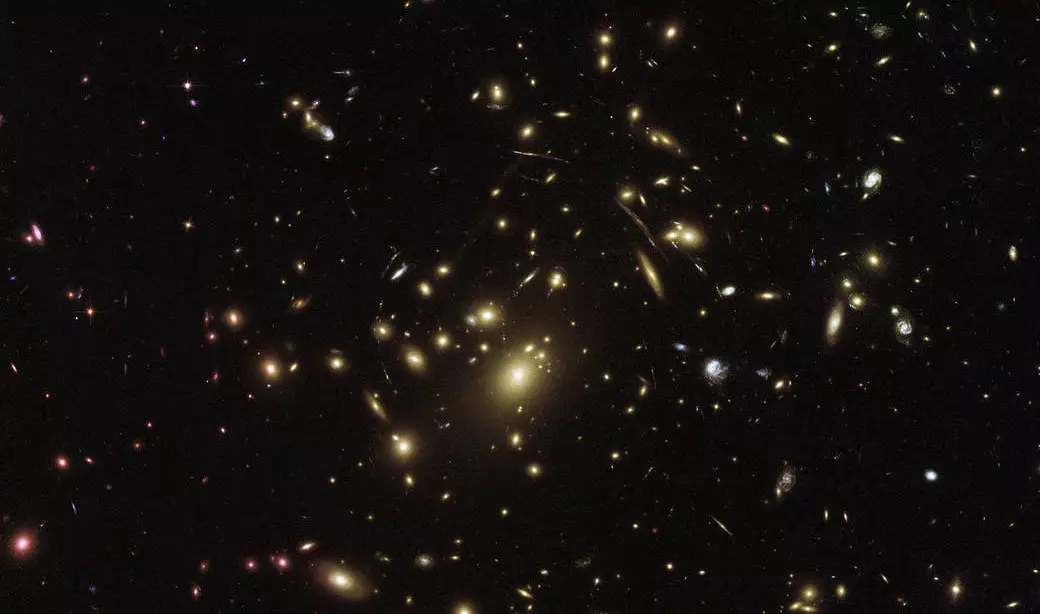[Originally published as a section of Evidence from the Heavens]
The origins debate is not just confined to living things but also involves the whole cosmos.
Evolution, based on naturalism, seeks to entirely exclude the idea of God. It assumes naturalistic forces to explain how the stars, sun, earth, and moon came to be. Evolutionists indulge in speculation when seeking to explain stellar, galactic, planetary, and organic evolution. Of course, evolution—which attempts to explain one-time events without any empirical data to support the theory—has never been observed. All forms of cosmology are theoretical in nature, because none can be tested. Each type of evolution above has many theories proposed for it, which suggests that there is no consensus.
Heavenly bodies emit light and other radiant energies, such as radio waves, from space that can be observed across great distances. There are unimaginable distances between stellar objects. The closest star to our solar system is Alpha Centauri. It is 4.3 light years away, which is equivalent to 40.7 trillion kilometers (25.5 trillion miles), an enormous distance for a next-door neighbor. These vast distances are only multiplied when we look at our own Milky Way galaxy composed of 100 billion stars. The widest part of the Milky Way measures 120,000 light years, which is 1.1 quadrillion kilometers (696,000 trillion miles).
The vast reaches of space make the earth appear totally insignificant. The Hubble Telescope orbiting around the earth gives us ideal conditions for observing light and other radiation in space, but it still faces the problem of observable distance. The universe is composed of countless stars occupying unimaginable space. It can only be studied from a speculative, almost unrealistic position.
Speculation
It is no wonder the field of cosmology has nowhere to turn but the realm of speculation. Without empirical data, it is not true science. This is exemplified by terms like ‘dark matter’ and ‘dark energy’, concepts needed, according to evolutionary cosmology, to keep things expanding and moving in the universe. The problem, however, is that they cannot be observed at present, so cosmologists are devising new instruments in hopes of finding these hidden entities. For the cosmologist, the embarrassing fact is that this unobservable and unverifiable ‘dark stuff’ comprises 95 percent of the universe. Only five percent is observable and can be accounted for. David Cline addressed this problem in Scientific American:
The Universe around us is not what it appears to be. … The motions of this visible material reveal that it is flotsam on an unseen sea of unknown material. We know little about that sea. The terms we use to describe its components, ‘dark matter’ and ‘dark energy,’ serve mainly as expressions of our ignorance.¹
The same can be said of black holes. No one has observed one, but some have theorized that they are areas of high density to which all light is attracted. Over and over, employing speculation after speculation, evolutionary cosmology builds arguments based on specks of information that, in effect, displace the Creator God from His rightful place in His universe.
Footnote:
- David Cline, “The Search for Dark Matter,” Scientific American, Vol. 288, March 2003, p. 52.






